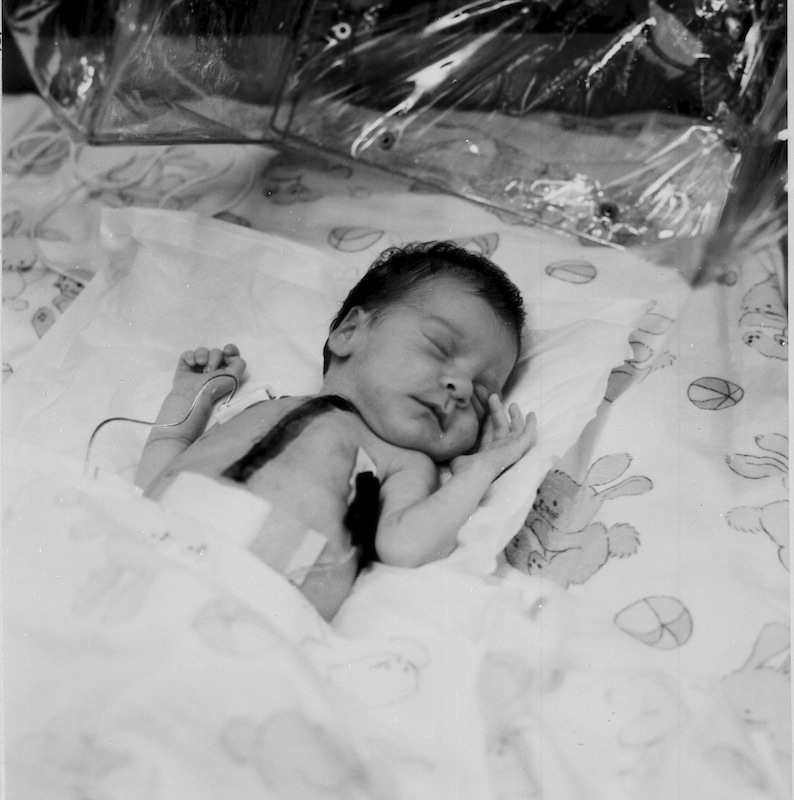
It’s been exactly 31 years since Dr. Leonard Bailey transplanted a baboon heart into an infant known as Baby Fae. She lived for 21 days after the transplant, two weeks longer than anyone with a simian heart ever had before.
How did an infant end up with a baboon heart?
In Barstow, Calif., Stephanie Fae Beauclair was born three weeks premature with hypoplastic left heart syndrome, a fatal defect in which the left side of the heart is underdeveloped. Though babies with the condition were expected to live for about two weeks, and Fae’s mother was given the option of letting her die in a hospital or at home, Dr. Bailey had another option in mind.
Other than her heart, Fae was in good health. A transplant would fix the problem, but this was new territory: even though transplant surgery had come a long way since the first human-human heart transplant was performed in 1967, no one had yet completed a successful infant heart transplant, mainly due to the lack of infant donor hearts. Given that shortage, Bailey, a pediatric cardiac surgeon at Loma Linda University Medical Center in California, had spent seven years researching xenografts, or transplants from other species.
Bailey’s research included, per TIME, “more than 150 transplants in sheep, goats, and baboons, many of them between species.” The first simian-human transplant had been performed in 1964 but the patient died a few hours after his surgery and only a few more were attempted after that; nonetheless, Bailey received permission to perform such a transplant on Baby Fae.
As 12-day-old Fae’s condition began to deteriorate on Oct. 26, 1984, the medical team choose a donor baboon and began the transplant operation. At 11:35 a.m., TIME wrote, Fae’s “new heart began to beat spontaneously. ‘There was absolute awe,’” recalled Sandra Nehlsen-Cannarella, a transplantation immunologist working on Fae. “I don’t think there was a dry eye in the room.”
While Loma Linda officials refused to reveal her exact age or name, video of Baby Fae was televised and she became a media sensation. Hundreds of people sent the tiny patient cards, flowers and money—while others expressed concern about the choice of a baboon heart, the consent form and the morality of the procedure. Writing in TIME, Charles Krauthammer called it “an adventure in medical ethics.”
Although Fae initially improved steadily, she began to decline 14 days after the transplant and died on Nov. 16, 1984. Upon her death, TIME wrote, “So ended an extraordinary experiment that had captured the attention of the world and made medical history. For three weeks the 5-lb. infant had survived with the heart of a baboon—more than two weeks longer than any previous recipient of an animal heart.”
Bailey would perform the first successful infant heart transplant the following year, in 1985.
Read more about Baby Fae’s brief life, here in the TIME Vault: Baby Fae Stuns the World and Baby Fae Loses Her Battle
More Must-Reads from TIME
- Cybersecurity Experts Are Sounding the Alarm on DOGE
- Meet the 2025 Women of the Year
- The Harsh Truth About Disability Inclusion
- Why Do More Young Adults Have Cancer?
- Colman Domingo Leads With Radical Love
- How to Get Better at Doing Things Alone
- Michelle Zauner Stares Down the Darkness
Contact us at letters@time.com